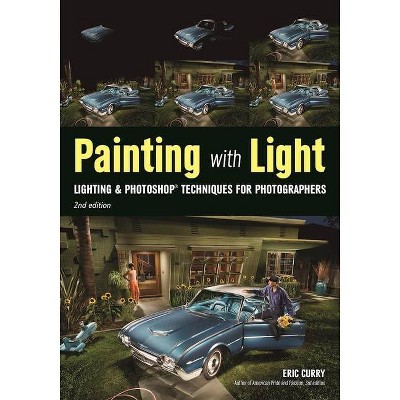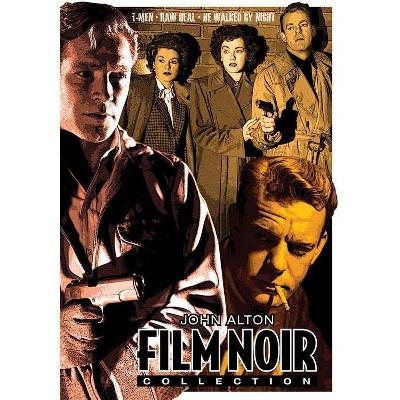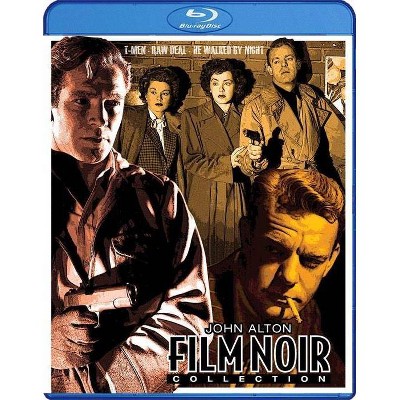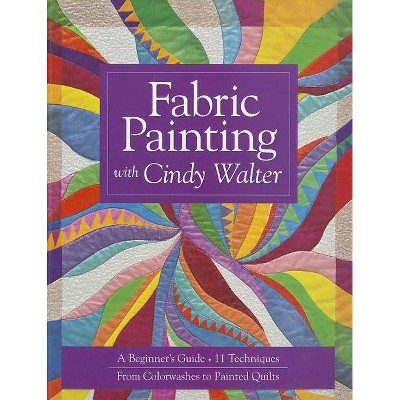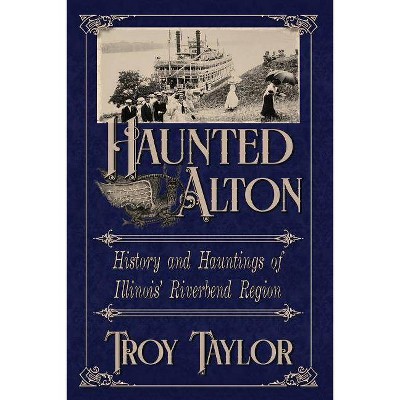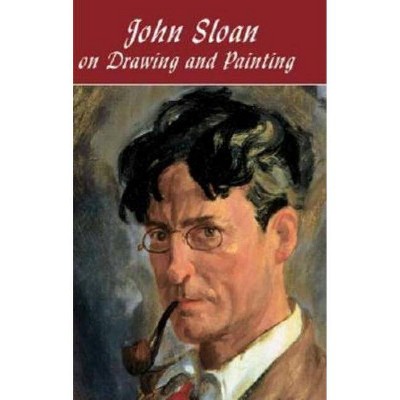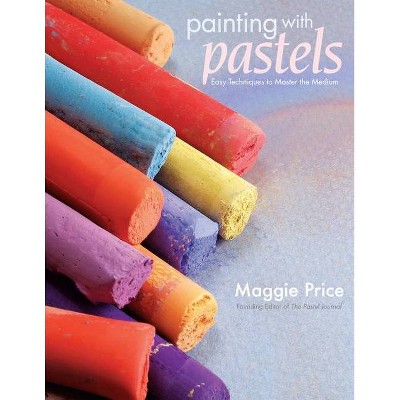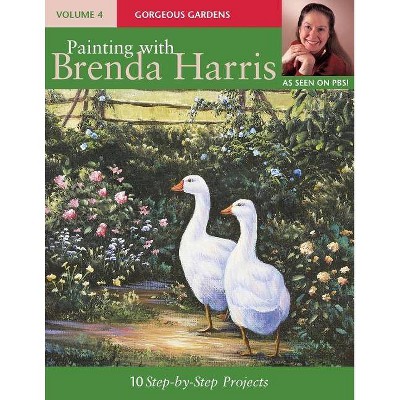Painting with Light - by John Alton (Paperback)
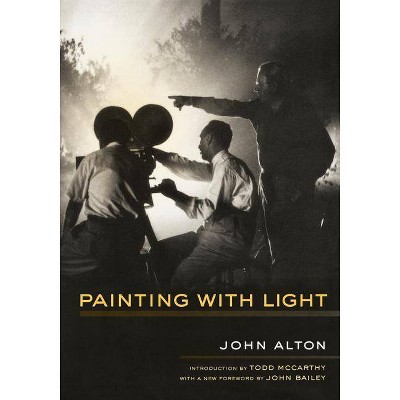
Similar Products
Products of same category from the store
AllProduct info
<p/><br></br><p><b> About the Book </b></p></br></br>"A wonderful introduction to the workings of the Hollywood system. We learn in rich and yet accessible detail about special effects, technical wizardry and gadgetry, lighting, make-up, the breakdown of crews, and filming strategies. The book is legendary and its reprint is a major event for film study."--Dana Polan, University of Pittsburgh<p/><br></br><p><b> Book Synopsis </b></p></br></br>Few cinematographers have had as decisive an impact on the cinematic medium as John Alton. Best known for his highly stylized film noir classics <i>T-Men, He Walked by Night</i>, and <i>The Big Combo</i>, Alton earned a reputation during the 1940s and 1950s as one of Hollywood's consummate craftsmen through his visual signature of crisp shadows and sculpted beams of light. No less renowned for his virtuoso color cinematography and deft appropriation of widescreen and Technicolor, he earned an Academy Award in 1951 for his work on the musical <i>An American in Paris.</i> First published in 1949, <i>Painting With Light </i>remains one of the few truly canonical statements on the art of motion picture photography, an unrivaled historical document on the workings of postwar American cinema. In simple, non-technical language, Alton explains the job of the cinematographer and explores how lighting, camera techniques, and choice of locations determine the visual mood of film. Todd McCarthy's introduction provides an overview of Alton's biography and career and explores the influence of his work on contemporary cinematography and the foreword, written expressly for this edition by award-winning cinematographer John Bailey, explores Alton's often contentious relationships with colleagues, the American Society of Cinematographers, and the movie industry itself.<p/><br></br><p><b> From the Back Cover </b></p></br></br>A wonderful introduction to the workings of the Hollywood system. We learn in rich and yet accessible detail about special effects, technical wizardry and gadgetry, lighting, make-up, the breakdown of crews, and filming strategies. The book is legendary and its reprint is a major event for film study.--Dana Polan, Tisch School of the Arts, New York University<p/><br></br><p><b> Review Quotes </b></p></br></br><br>"One great pleasure of [a] book."-- "Times Literary Supplement"<br><br>Provides fascinating insights into the mechanisms of the studio system.-- "Reel Ink"<br><p/><br></br><p><b> About the Author </b></p></br></br><b>John Alton</b> (1901-1996) was a Hungarian-born master cinematographer. His work ranged widely, including sharp-shadowed film noir classics such as <i>He Walked By Night</i>, Anthony Mann westerns, musicals (including <i>An American in Paris</i>, for which he won an Oscar), and many others. <i>Painting with Light </i>embodies his versatile, beautiful, often mannered, approach to lighting a film; he insisted that naturalistic lighting was only one option among many, and that directors ought to use light creatively to suit their vision and their story. <p/><b>Todd McCarthy</b> is chief film critic of <i>Variety</i>, co-editor of <i>The King of Bs</i> (1975), and writer and co-director of the award-winning documentary <i>Visions of Light: The Art of Cinematography</i> (1992). <p/><b>John Bailey</b>, a director of photography since 1978, has photographed more than 75 feature films and documentaries. He serves on the Boards of Governors of the ASC, the Academy of Motion Picture Arts and Sciences, and the National Film Preservation Board.
Price History
Price Archive shows prices from various stores, lets you see history and find the cheapest. There is no actual sale on the website. For all support, inquiry and suggestion messagescommunication@pricearchive.us
